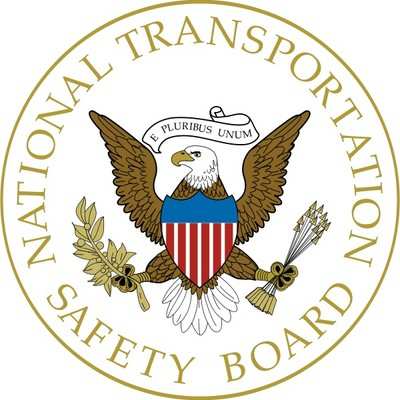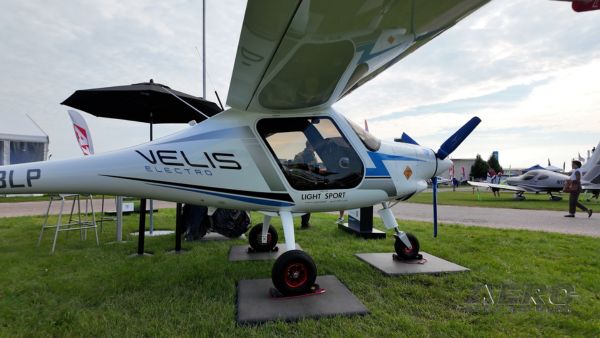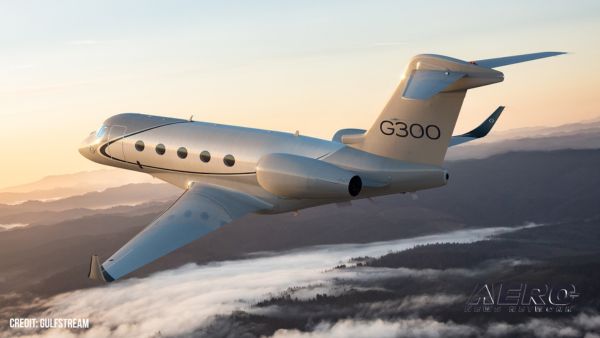Front Seat Passenger Saw The Pilot Slump Over And Was Not Responsive
Location: Morgan City, LA Accident Number: CEN23FA019
Date & Time: October 26, 2022, 17:10 Local Registration: N34BM
Aircraft: Bell 407 Injuries: 1 Fatal, 2 Serious
Flight Conducted Under: Part 135: Air taxi & commuter - Non-scheduled

On October 26, 2022, about 1710 central daylight time, a Bell 407 helicopter, N34BM, was destroyed when it was involved in an accident in the Gulf of Mexico, about 25 miles south of Morgan City, Louisiana. The pilot sustained fatal injuries, and two passengers sustained serious injuries. The helicopter was operated as a Title 14 Code of Federal Regulations Part 135 air taxi flight.
On the morning of the accident, the helicopter originated from the Westwind Helicopter base (IYA) in Abbeville, Louisiana, to transport two workers to several offshore platforms in the Gulf of Mexico to perform telecommunications work on the platforms. The flight arrived at the first platform, Green Canyon 18 (GC18), about 0848. The helicopter was refueled at GC18, and the pilot and passengers had lunch on the platform. They departed GC18 about 1402, proceeded to platform Ship Shoal 349 (SS349), and landed there about 1411. The helicopter departed SS349 about 1631 for the return flight to IYA.
About 1720, the operator received an “overdue” message from their Sky Connect flight following system. After many attempts to communicate with the pilot/helicopter, the operator launched a search helicopter (N1416) toward the accident helicopter’s last known position. Search and rescue operations were coordinated with local authorities and the Coast Guard. About 1836, N1416 spotted the accident helicopter’s wreckage floating in the water inverted with the skid-mounted float system deployed. Two survivors were seen clinging to the top (on the belly) of the helicopter. The two surviving passengers were rescued by a Coast Guard helicopter and transported to a hospital. The body of the pilot was later recovered through coordinated efforts from the operator, local authorities, and the Coast Guard.
The helicopter wreckage position was marked, and additional flotation was attached. During efforts to retrieve the wreckage, the engine, transmission, flight controls, some of the cabin structure, tail boom, and main rotors were lost at sea due to unfavorable sea conditions. The only portions of the helicopter wreckage that were recovered were the intermediate fuselage, baggage compartment, and the landing gear skids. The skid-mounted floats were still attached and deployed.
Both surviving passengers were interviewed. One passenger was seated in the right rear cabin seat and the other passenger was seated in the left front cockpit seat when the accident occurred. The rear seat passenger stated that he was awakened from a “change in noise,” and saw the pilot “slumped over, “and the helicopter was descending toward the water. The front left seat passenger stated that the pilot told him that “he was not going to make it.”
The passenger asked the pilot if there was a problem with the helicopter, and the pilot told him that it is not the helicopter, “it is me.” The front seat passenger saw the pilot slump over and was not responsive. The passenger reached over to the flight controls, retarded the throttle, and attempted to control the helicopter until water impact. The passenger estimated that he started to control the helicopter about 400 ft above the water. At some point during the descent, the passenger activated the skid-mounted float system. Both surviving passengers stated that after the helicopter impacted the water, and although they were seriously injured, they managed to get out and waited on top of the belly of the floating inverted helicopter. Both passengers stated that the flight was normal until the pilot became incapacitated.
 ANN's Daily Aero-Term (12.13.25): Light Gun
ANN's Daily Aero-Term (12.13.25): Light Gun Aero-News: Quote of the Day (12.13.25)
Aero-News: Quote of the Day (12.13.25) NTSB Final Report: Gippsland GA-8
NTSB Final Report: Gippsland GA-8 Classic Aero-TV: Historically Unique -- Marlin Horst's Exquisite Fairchild 71
Classic Aero-TV: Historically Unique -- Marlin Horst's Exquisite Fairchild 71 Airborne 12.12.25: Global 8000, Korea Pilot Honors, AV-30 Update
Airborne 12.12.25: Global 8000, Korea Pilot Honors, AV-30 Update



